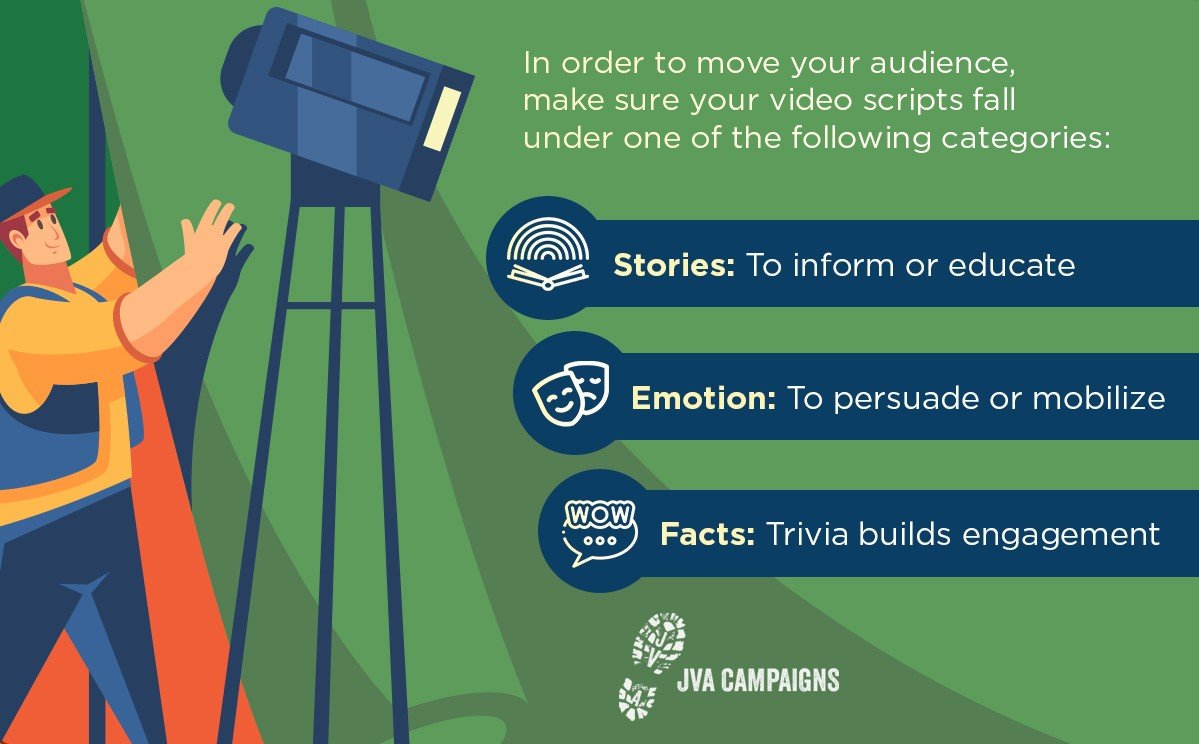“Digital advocacy” is a broad phrase that can cover a whole range of tactics and campaign types. It’s an essential part of any organization’s larger advocacy plan—but only when used the right way.
We have found that professionals in the advocacy space often treat digital as an impromptu solution for problems as they arise. The word “digital” itself implies that something is fast and accessible—a post here, an email there, an ad when you need it. But random tactics pooled together don’t make a campaign.
It also may be tempting to try to use every digital tactic available in the hope that one of them sticks. Throwing all of your efforts into every available digital medium is unlikely to provide real value for your organization. It’s like trying to hit a bullseye on a dartboard by throwing ten darts at once.
When it comes to digital advocacy, if you try to do everything, you’ll do nothing. That’s why a successful digital campaign is purposeful, measurable, and targeted to your organization’s larger goals. A successful digital campaign is unique to your organization’s needs, which are defined clearly from the start.
We’ve won enough battles to know what works. Here’s our four-step framework for success:
- Set Your Objective
- Define Tactics that Work
- Pick Two to Three Metrics for Success
- Optimize Your Campaign
1. Define Your Objective
Are you looking for broad awareness? To develop a coalition? To jump-start grassroots advocacy? To increase your online following? You can’t do them all at once, but you can do one of them with precision.
If you want to accomplish more than one objective, that means you’re running more than one digital advocacy campaign. Don’t refer to “digital” as a whole. Rather, refer to your campaigns by their objectives. Follow the framework with each individual campaign separately. Remember, each objective deserves dedicated time, resources, and attention. We encourage you to start with the most important one first and build from there.
2. Define Tactics That Work
It’ll come as no surprise that not all digital tactics serve the same purpose. Once you have your objective, it’s time to pick the tactics that will help you accomplish that objective and forget about the ones that won’t. We’ve put together this chart for a quick reference on some of the digital tactics available. This isn’t everything, but it’s definitely a great start.
Awareness
- Increase the popularity of your brand
- Get people talking about an issue on social media
- Increase name recognition for a candidate
Tactics that work:
- Static ads or short-form video (less than 15 seconds)
- Partnerships with existing digital entities
- A regularly scheduled social media calendar
- Search engine ads
- Email newsletters
Persuasion
- Develop a coalition of people that are willing to take action for a cause
- Collect a list of users that want to receive regular updates on an issue
Tactics that work:
- “Out-the-box” storytelling and messaging concepts
- Explainer videos or animations (long-form organic content and short-form ads)
- Well-designed and easily-navigable website
Acquisition
- Develop a coalition of people that are willing to take action for a cause
- Collect a list of users that want to receive regular updates on an issue
Tactics that work:
- Audience testing to find your ideal user
- Well-targeted paid media
- Giveaways and competitions
- Consistent content marketing and engagement
- Customer Relationship Management to segment and tag contacts
Mobilization
- Mobilize advocates to contact their legislators
- Mobilize advocates to post about an issue on social media
Tactics that work:
- Concise calls to action in social posts and email
- Targeted ad campaigns to your existing users
3. Pick Two to Three Metrics for Success
Metrics are the numerical values associated with the analysis of your tactics. Each tactic has its own handful of unique metrics. Video ads, for example, could give you the following metrics: video views, completed video views, clicks, impressions, reach, and frequency.
It’s easy to get caught up in the data that’s available. That’s why it’s crucial to pick two or three metrics for success, MAX for your whole campaign. Choose the metrics that are most likely to convey success toward your campaign objective. These metrics will become your bread and butter. Pour everything into them and nowhere else. Aim for the target.
For example, if your campaign objective is awareness, then you really don’t care about clicks. You probably care about reach, impressions, or the frequency with which users are seeing your ads. If your campaign objective is persuasion, you probably want to make sure that people are watching your video ads all the way through, so you’ll choose “completed video views” as a metric for success.
Avoid “glamour” metrics, such as shares and retweets. These metrics are great to keep an eye on, but they’re not always an indicator that you’re accomplishing your campaign objective with your intended audience.
4. Optimize Your Campaign
The last step is twofold. First, decide how often you plan to check in on your metrics and stick to the plan. Second, USE YOUR METRICS. Don’t put your metrics in a presentation, sit back, and expect great results. Every time you check in on your metrics, take time to figure out what they are telling you.
There are a number of key areas you can optimize regularly.
Audience
Are your ads targeted toward the users most likely to contribute to your objective? Is there one audience that’s working more than the others? Have you tried all available audiences? Is there a demographic you haven’t considered?
Creative
Is your copy and messaging convincing or attention-getting? Is one message more effective than another? Can we build additional creative that aligns with the most effective messaging?
Tactics
Is each tactic contributing toward the campaign objective? Are some tactics working better than others? Are there any tactics we haven’t tried that might work?



















